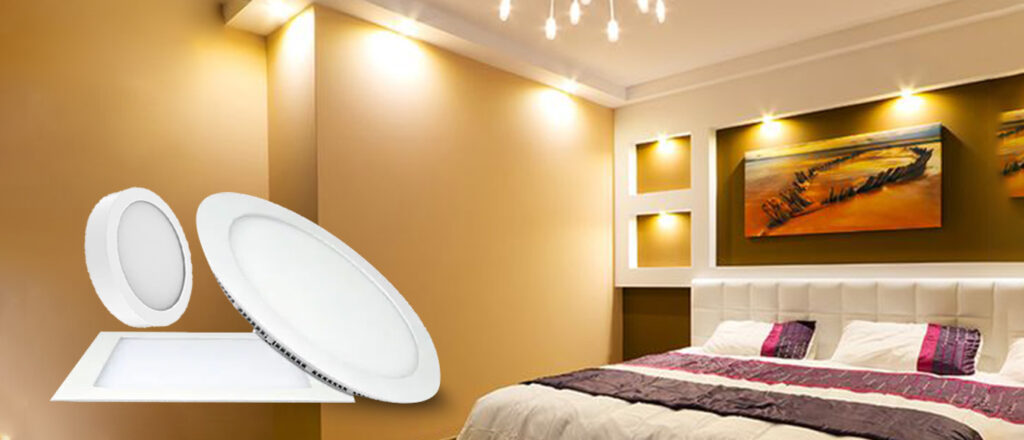In the world of modern technology, motion sensor lights have become an essential addition to our homes and outdoor spaces. These ingenious devices offer both convenience and security, making them a must-have for homeowners. In this blog post, we will explore the benefits of motion sensor lights and provide some practical tips on how to choose and install them.
The Advantages of Motion Sensor Lights
1. Enhanced Security
Motion sensor lights act as a deterrent to potential intruders. When someone approaches your property, these lights automatically switch on, alerting you to their presence and potentially scaring them away. This added layer of security can give you peace of mind, whether you’re at home or away.
2. Energy Efficiency
Motion sensor lights are energy-efficient because they only activate when motion is detected. This means they won’t waste electricity by staying on constantly. They are a cost-effective solution for outdoor lighting, as they can significantly reduce your energy bills.
3. Convenience
One of the most significant advantages of motion sensor lights is the convenience they offer. Imagine never having to fumble for your keys in the dark or worry about turning lights on and off as you move around your home. Motion sensor lights provide automatic illumination when and where you need it.
4. Extended Bulb Lifespan
Since motion sensor lights are not continuously active, their light bulbs tend to last longer. This can save you money on replacement bulbs and reduce your environmental footprint.
Choosing the Right Motion Sensor Light
When selecting motion sensor lights, consider the following factors:
Detection Range:
Different lights have varying detection ranges. Determine how far you want the light to reach when motion is detected. This depends on where you plan to install the light and its intended purpose.
Sensitivity Settings:
Most motion sensor lights allow you to adjust sensitivity settings. You can fine-tune these settings to avoid unnecessary activations from small animals or passing cars.
Light Output:
Pay attention to the brightness of the light. Some motion sensor lights have adjustable brightness levels or multiple LEDs to provide varying degrees of illumination.
Power Source:
Motion sensor lights can be powered by electricity or solar panels. Choose a power source that suits your needs and location.
Installation Location:
Think about where you intend to install the motion sensor light. Some lights are designed for indoor use, while others are suitable for outdoor environments. Ensure you choose the right type for your specific application.
Installation Tips
Installing motion sensor lights is relatively straightforward, but here are some tips to ensure a successful installation:
Follow the Manufacturer’s Instructions
Always read and follow the manufacturer’s installation instructions carefully. This will help you avoid common pitfalls and ensure the light functions correctly.
Mount at the Correct Height
Position the light at the recommended height for optimal motion detection. This typically ranges from 6 to 10 feet above the ground.
Test the Light
After installation, test the motion sensor light to ensure it activates when motion is detected and turns off when the area is clear.
Maintain and Clean
Regularly clean the motion sensor’s lens to prevent dirt and debris from obstructing its view. Additionally, keep the surrounding area free from obstructions that may trigger false activations.
Conclusion
Motion sensor lights offer numerous benefits, from enhanced security to energy efficiency and convenience. By selecting the right motion sensor light for your needs and following proper installation and maintenance practices, you can enjoy the many advantages these lights bring to your home and outdoor spaces. Illuminate your path with motion sensor lights and enjoy the peace of mind they provide.


